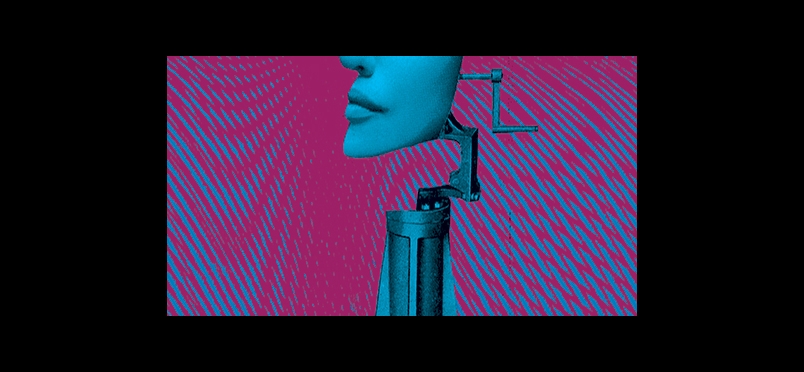| opioids
Treating Acute and Chronic Pain in Young Athletes

For Team Physicians: Updated Overview of Pain Management
In a guide for team physicians working with young athletes—10 to 18 years old—it is recommended that practitioners look at all factors involved before potentially prescribing opioids to this age group. This Special Communications: Team Physician and Consensus Statement appears in the journal Medicine & Science in Sports & Exercise. Chair of the Executive Committee, Stanley A. Herring, MD, FACSM, stated, “Adolescents are often initially exposed to opioids through prescriptions to treat pain.” Statement summaries for acute pain management range from evaluating all anatomical and psychosocial aspects of pain causation, to the idea that pain management education must be fully understood by the patient. For chronic pain, incorporating an interdisciplinary approach along with multimodal care—nutrition, exercise, sleep, cognitive behavioral techniques, etc—may be more effective and longer lasting than pharmaceuticals. For both acute and chronic pain, opioids should be prescribed through specialty consultation and the practitioner should “Recognize the signs and symptoms of potential problematic opioid use.”
Karen E. Weiss, PhD, LP, consultant for this pain management document, commented, “When assessing and treating pediatric pain, it’s important to consider where young people are from a developmental standpoint and how family behaviors and dynamics may influence the pain experience. It also is imperative to address pediatric pain appropriately to decrease the likelihood of developing persistent or chronic pain issues into adulthood.” The document cites reports of doubled rates of opioid prescribing to high school and adolescent students, and the fact that “use of prescribed opioids among high school students before graduation has been associated with the risk of misuse of opioids after graduation.” Team physicians should understand pain management of athletes in this age group should include “Providing education to athletes, parents/guardians, coaches, and other members of the athlete care network is important in influencing the athlete’s response to pain.”
Read the article.
Other Categories:
Did you enjoy this article?
Subscribe to the PAINWeek Newsletter
and get our latest articles and more direct to your inbox
